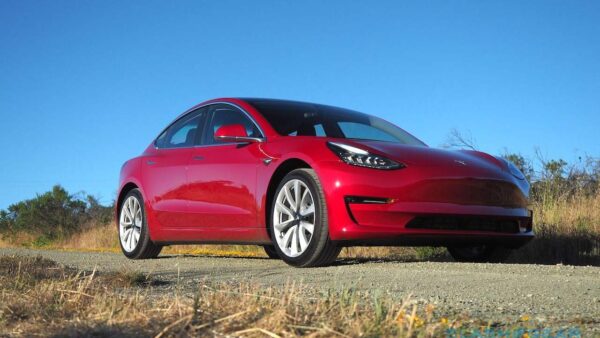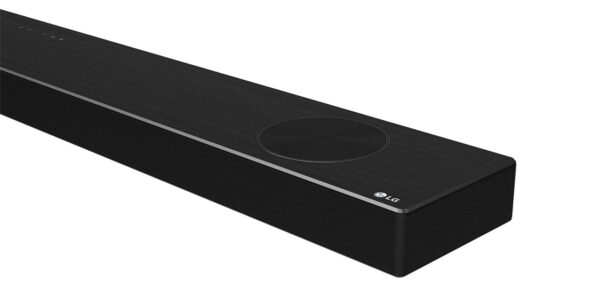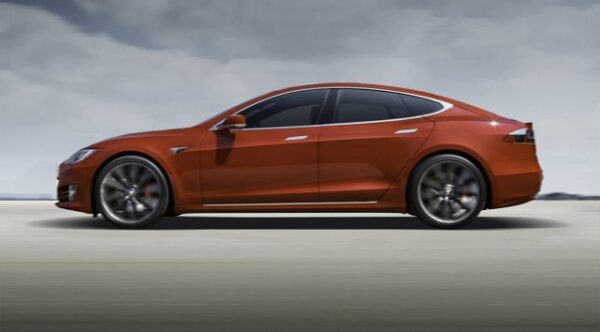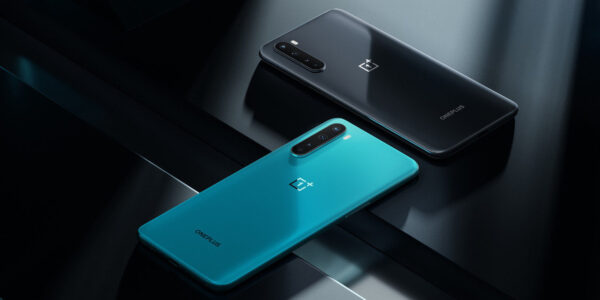Since the iPod started on October 23, 2001, Sony had problems. Apple’s music player instantly manufactured Walkman MiniDisc and Memory Stick Sony devices appear ignored. The iPod could contain up to 1,000 songs on its hard drive (at the time) 5 GB of 5 GB. Sony, meanwhile, also published a walkman the same month with a 128 MB memory stick, The largest size available at the time. The iPod has become a cultural phenomenon, cimming the apple as an innovator of consumer electronics beyond the world of computers. It took Sony until 2004 to produce its own music player with a hard disk, efficiently killing any relevance in the world of mobile music. WHOOPS.
It was just the beginning of a descendant spiral for Sony. The company also missed e-reader readers (despite the typing on this market before the Amazon Kindle) and smartphones (although Sony Ericsson has phones were quite popular). In recent decades, he had such a rocky time in recent decades that Engadget’s Mat Smith surprise Sony the catching king in 2014, after giving up his VAIO PC activity. It was a notable defeat for Sony; Vaiios were virtually the only elegant PCs in the 1990s and in the early 2000s. Even Steve Jobs was known to admire Sony’s PC designs, as long as he tried to get the company to produce VAIO machines that have Courished on Mac OS X in 2001. Obviously, these discussions never went anywhere.
Even now, like Sony is riding the Playstation 5 and focusing on being a giant entertainment, the influence of society is far from its peak. Sony dominated the world of television with its Crat Trinitron, an innovation beyond early color television that it won an Emmy in 1973 – a first for any consumer electronic product. The Walkman has virtually resumed the world, popularizing the idea you could listen to your favorite pieces anywhere. The question against Sony now: How can she come back to a leader of innovation?
Apart from the PlayStation (which is now most of his business), Sony has a reputation as follows. It has a strong range of mirror-free cameras, but Nikon, Fujifilm and Canon too. He directs the image sensor market, but which has mainly translated into better cameras on the iPhone, rather than making people want to buy Sony phones. (Certainly, the Xperia 11 was very nice, but it happened after years of forgetting material.)
To be fair, Sony has made a strong job of transforming his activity from his 2000 miserable. Howard Stringer, the company’s first English-speaking CEO, tried to bring some Western-style management in the very traditional Japanese society. But that was not enough to help Sony at the wrong height of the 2008 economic crisis or cope with the increased newcomers of consumer electronics such as Samsung and other low-cost competitors. Kazuo Hirai, the former Playstation Lead, which took over CEO Mantle in 2012, turned to redundancies and cost reduction measures (such as the above-mentioned PC abandonment) to stabilize society. He finished his goal in 2018, when Sony was finally able to report a strong profit and quickly announced his retirement.
Kenichiro Yoshida, former financial director of Sony and CEO updated, has also helped to help the company recover. But for Sony to recover his anterior glory, he must do more than survive: he must understand a way to prosper.
Sony could try to mimic a more dominant competitor like Samsung, but it will be difficult, according to Ross Rubin, senior research analyst on the reticulating. “It is very difficult to compete with Samsung because of their great marketing budget, their vast portfolio, their carrier relations and their consumption ecosystem that is (distant) from a second to Apple,” has he declares. A better option may be to follow in the Microsoft move to the cloud, which was more about serving professional users and vertical markets (that is, to deliver something that multiple companies can use).












![Have you been encountering the [pii_email_2c5d108980d117c8ca52] error while trying to send or receive emails using your Outlook account, you’re not alone. It’s a standard Outlook error that sometimes gets triggered thanks to network connectivity issues. However, several other factors also can cause you to run into the said error. The good news is that you simply can troubleshoot this error by yourself. during this guide, we are getting to mention various factors that cause the PII error and what methods you'll utilize to repair it. So, with none further ado, let’s start . What Causes the [pii_email_2c5d108980d117c8ca52] Error in MS Outlook In general, the error occurs when MS Outlook fails to determine a secure reference to the e-mail server. But, as we mentioned earlier, there are many other reasons which will trigger this error also . a number of these reasons include: Your device isn't connected to a lively Internet connection Your Outlook profile has been damaged thanks to external factors There are incorrect antivirus configurations on your PC FIles on your POP3 server are damaged How to Fix [pii_email_2c5d108980d117c8ca52] Error So, now that you simply know what triggers the [pii_email_2c5d108980d117c8ca52] error in Outlook, let’s take a glance at the solutions that’ll assist you fix it. Also examine the way to fix outlook [pii_email_316cb5e2e59f1ce78052] error Check Your Internet Connection Since a poor network connection is that the primary explanation for the error, start by checking your Internet connection. confirm that your device has active Internet connectivity. you'll try accessing other online services to ascertain if the web is functioning or not. Change Antivirus Configurations If you've got recently installed an Antivirus program on your PC, it'd be configured to automatically scan emails. If that’s the case, the Antivirus will restrict the Outlook app from functioning properly. So, confirm to vary the Antivirus Configurations by disabling the “Email Scanning” feature. Reinstall/Update Outlook Reinstalling or updating Outlook to the newest version is yet one more effective thanks to fix the [pii_email_2c5d108980d117c8ca52] error. When you’ll reinstall the app, all the damaged temporary files are going to be deleted and therefore the root of the matter are going to be eliminated also . Clear Unnecessary Emails from Outlook Folder If your primary inbox has too many unnecessary emails, they’ll cause bandwidth issues. this is often the rationale it’s always advised to clear the unnecessary emails from your Outlook folders. While you’re at it, confirm to clear the Trash also . this may help your Outlook app to deliver optimal performance. Conclusion So, if you’ve been encountering the [pii_email_2c5d108980d117c8ca52] error for a short time now, the above-mentioned will assist you fix the matter . Follow these tricks and access your Outlook account with none hassle.](https://tomtomworks.com/wp-content/uploads/2021/09/How-to-fix-outlook-pii_email_2c5d108980d117c8ca52-er-200x200.webp)

![How To Fix [pii_email_71e6bcfa8a2bee2aa151] Erro](https://tomtomworks.com/wp-content/uploads/2021/09/How-To-Fix-pii_email_71e6bcfa8a2bee2aa151-Erro-200x200.jpg)




